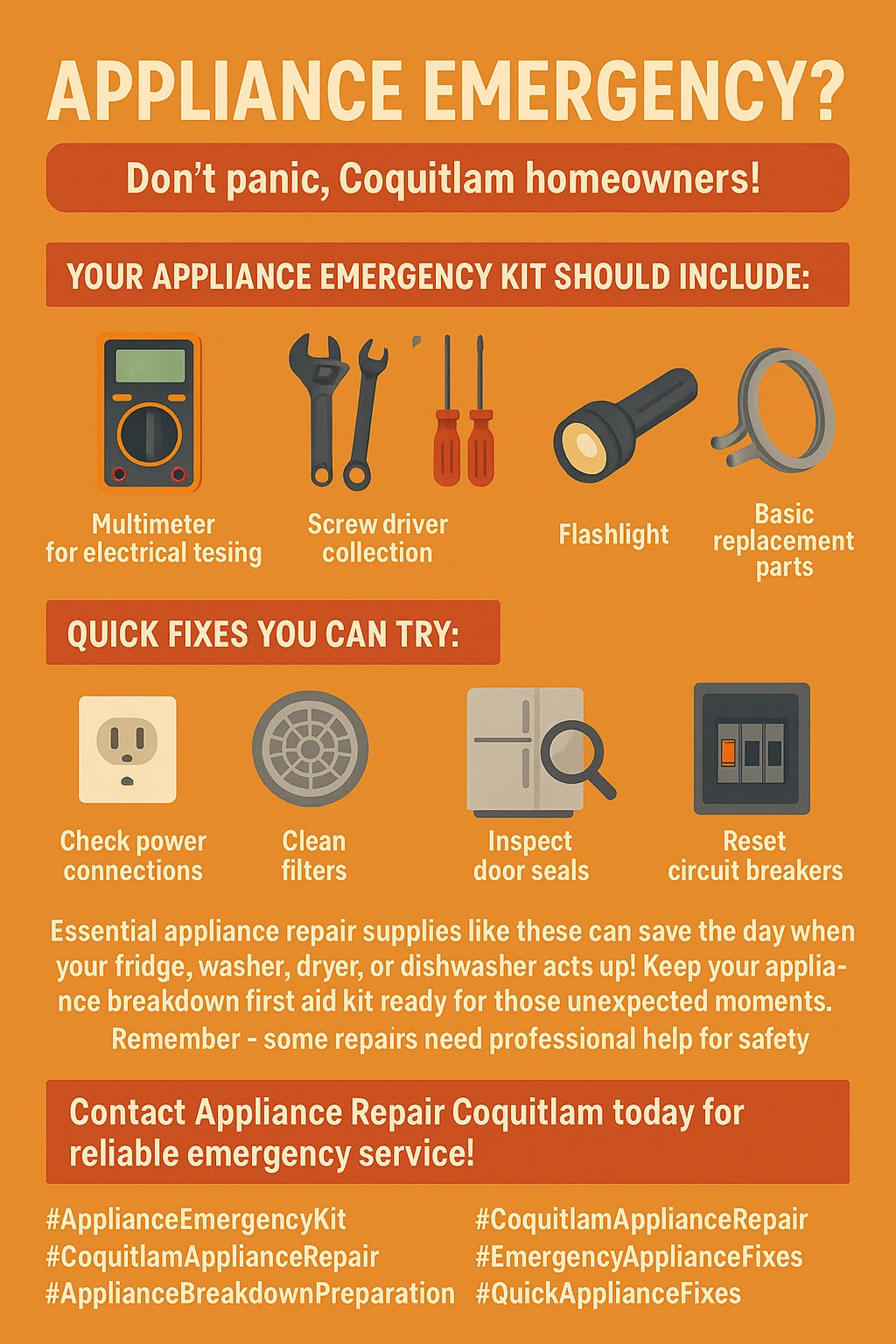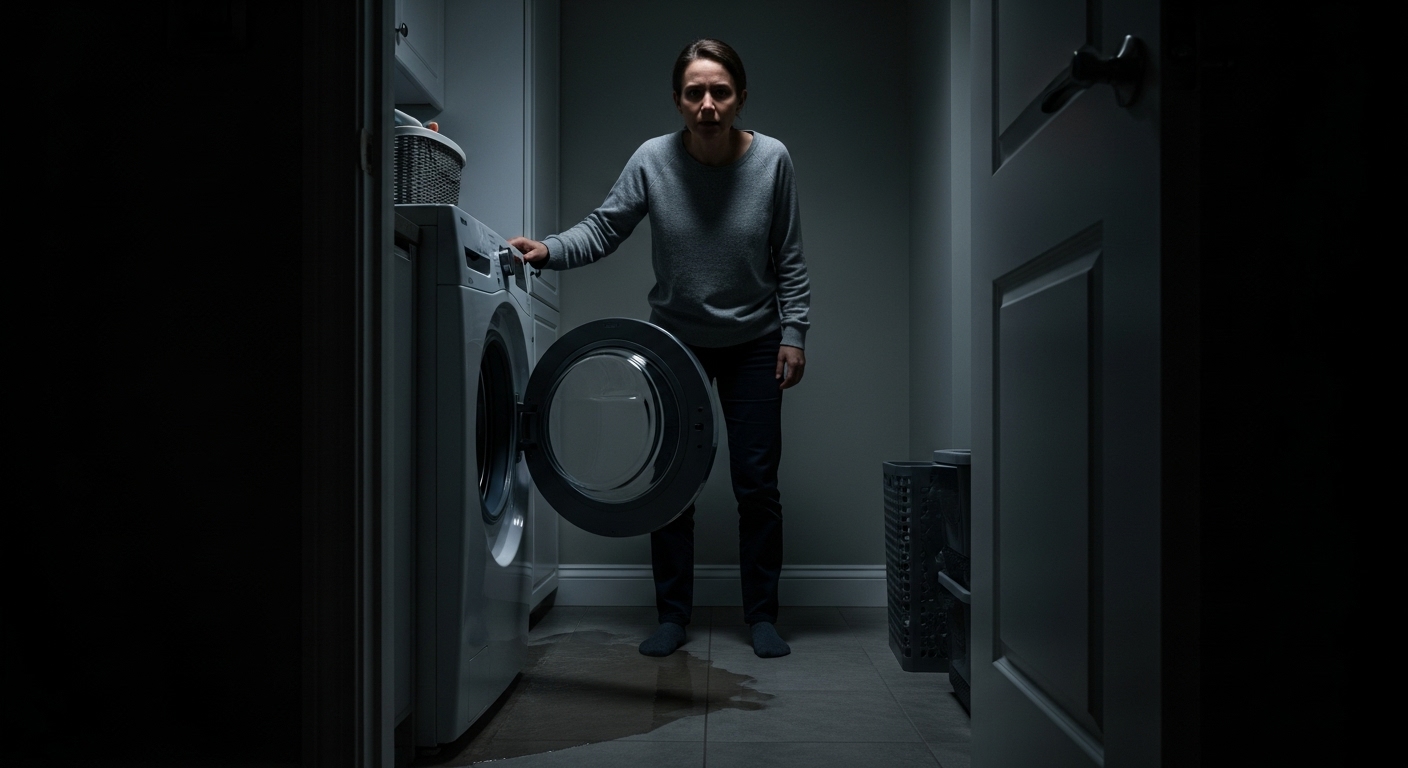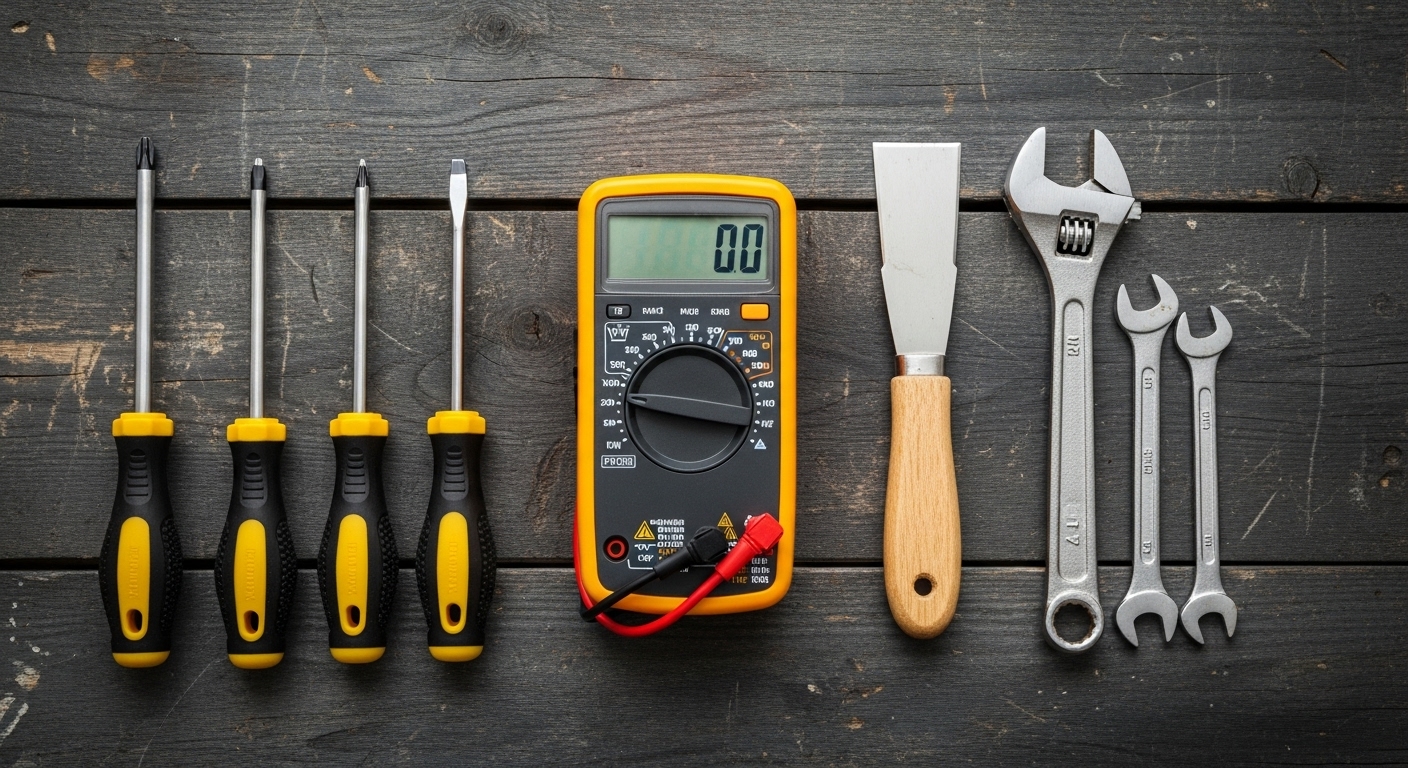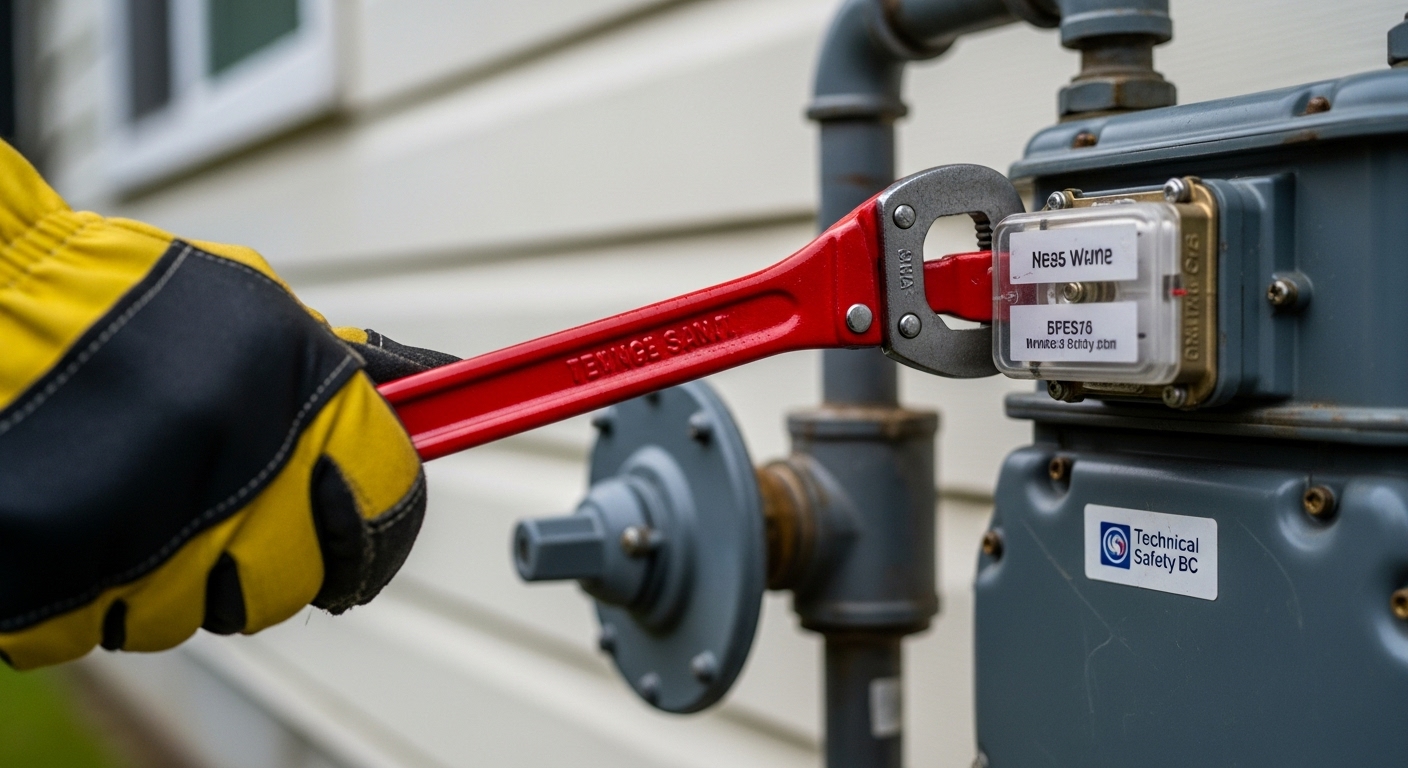Ever found yourself staring at a dead dishwasher at 9 PM on a Sunday, wondering if you should shell out hundreds for an emergency repair call? What if I told you that most appliance emergencies can be handled with just a few basic tools that cost less than a single service visit? Picture this: it’s a typical rainy Coquitlam evening, and your washing machine decides to flood your laundry room right before you head out for the weekend. Or maybe your fridge starts making that ominous grinding noise during a winter storm when repair services are backed up for days. These scenarios aren’t just inconvenient – they’re expensive and stressful. But here’s the thing that most homeowners don’t realize: the majority of appliance emergencies can be quickly diagnosed and temporarily fixed with the right tools and know-how. Living in Coquitlam means dealing with unique challenges that make appliance preparedness even more critical. We’re in an active earthquake zone, we get hit with powerful winter storms that can knock out power for days, and emergency service calls during off-hours can cost a fortune. Having an appliance emergency kit isn’t just about convenience – it’s about protecting your home, your budget, and your peace of mind when disaster strikes. The best part? You don’t need to become a certified repair technician or invest in expensive professional equipment. With just a few essential tools and some basic knowledge, you can handle most common appliance issues that pop up at the worst possible times. Think of it as insurance for your household – a small upfront investment that can save you hundreds of dollars and countless headaches down the road.
Key Outtakes:
- Most appliance repairs can be diagnosed and temporarily fixed with just 3-4 basic tools costing under $50 total
- Having emergency supplies can save hundreds on emergency service calls while providing immediate solutions
- BC’s earthquake risk makes appliance emergency preparedness essential for safety and home continuity
- Proper emergency kits include both general supplies and appliance-specific tools for comprehensive home protection
- Knowing when to attempt DIY fixes versus calling professionals prevents dangerous situations and costly mistakes

The Core Tools Every Coquitlam Home Needs

Let’s start with the foundation of any appliance emergency kit – the tools that professional technicians reach for first when they walk into your home. These aren’t expensive specialty items that you’ll use once and forget about. These are the workhorses that can tackle 95% of the appliance issues you’ll encounter as a homeowner. The absolute must-have tool in your arsenal is a quality multimeter. Professional repair technicians will tell you straight up that this is “probably the most important thing you’ll ever need to buy” for appliance work. It might sound intimidating if you’ve never used one, but modern digital multimeters are incredibly user-friendly. You can pick up a reliable one for around $20-30, and it’ll help you diagnose electrical issues in everything from your dryer to your microwave. Think of it as a stethoscope for your appliances – it tells you what’s happening inside when things go wrong. Next up is a comprehensive screwdriver set with both Phillips and flathead options. Phillips head screwdrivers are the primary repair tool for removing mounting screws both inside and outside appliances. You’d be amazed how many appliance “emergencies” can be resolved by simply removing a panel and cleaning out accumulated lint, debris, or checking for loose connections. Don’t cheap out here – invest in screwdrivers with comfortable grips and magnetic tips. When you’re trying to fish a tiny screw out of the back of your washing machine, you’ll thank yourself for spending the extra ten bucks. Here’s one tool that might surprise you: a putty knife. This is actually the second-most-called-for tool in appliance repairs, used for slipping under seams and releasing clips in appliance cabinets. Many modern appliances use plastic clips and tabs instead of screws for certain panels, and a putty knife is often the only way to safely release these without breaking them. It’s also incredibly useful for cleaning built-up grime and debris from tight spaces. Don’t forget about combination wrenches and a good adjustable wrench set. These help when you need to brace a bolt while working both sides of a problem – something that comes up frequently with water connections and gas line fittings. Living in Coquitlam’s coastal climate, make sure you choose rust-resistant tools and store them in waterproof containers. The moisture from our wet winters can turn cheap tools into rusty paperweights faster than you’d expect.
Electrical Safety and Testing Equipment

Working with electrical components is where things get serious, and having the right safety equipment isn’t optional – it’s literally a matter of life and death. The good news is that the essential electrical testing tools for homeowners are relatively inexpensive and incredibly straightforward to use. A voltage tester pen should be in every homeowner’s toolkit, whether you’re dealing with appliances or not. These cost between $10-50 and are critical for checking whether electrical wires have voltage before you start working. It’s a simple device that lights up or beeps when it detects electrical current, taking all the guesswork out of electrical safety. Never, ever work on an appliance without first confirming that the power is off using one of these testers. Circuit testers are another essential item that ensures electrical outlets are working correctly before you plug appliances back in. This is especially important after power outages or electrical storms, which are common in the Lower Mainland during winter months. A faulty outlet can damage expensive appliances or create fire hazards, so testing is always worth the extra minute. For Coquitlam homeowners, I strongly recommend including GFCI outlet testers in your emergency kit. BC building codes require GFCI protection in wet areas like kitchens and laundry rooms, and these outlets can trip during power surges or electrical issues. Knowing how to test and reset GFCI outlets can save you from unnecessary service calls and help identify potential electrical problems before they become dangerous. Here’s something specific to our earthquake-prone region: keep battery-powered LED headlamps with your electrical testing equipment. When the power goes out during a storm or seismic event, you need reliable hands-free lighting to safely check your appliances and electrical systems. Regular flashlights don’t cut it when you need both hands free to work with testing equipment.
Gas Appliance Safety and Emergency Supplies

Gas appliances present unique emergency situations that require immediate action and specific tools. If you have a gas stove, dryer, or water heater, you absolutely must have the right equipment to safely shut off gas supplies during emergencies. A gas shut-off wrench is required in emergency kits to turn off gas supply during disasters. This isn’t optional if you have gas appliances – it’s a safety requirement that could save your life and your home. The wrench needs to be easily accessible and everyone in your household should know where it’s located and how to use it. In Coquitlam, with our earthquake risk, this becomes even more critical. Keep the emergency phone number for your gas company easily accessible: if you smell gas after an earthquake or during any appliance emergency, go outside immediately and call the 24-hour natural gas emergency line at 1-800-663-1173. Don’t use any electrical devices, don’t flip light switches, and don’t try to locate the source of the leak yourself. For gas appliance maintenance, have Technical Safety BC licensed contractors use flexible metal connectors for appliances, which are less susceptible to earthquake damage than rigid connections. While you can’t install these yourself, knowing to request them and inspect them regularly as part of your emergency preparedness routine can prevent disasters. Store extra batteries for gas appliance pilot light igniters and keep backup lighting that doesn’t require electricity. Gas appliances often rely on electrical components for ignition and control systems, so having alternatives ready ensures you can safely operate essential appliances during power outages.
Quick Fix Solutions for Common Appliance Emergencies
Now that we’ve covered the tools, let’s talk about the actual problems you’re likely to face and how your emergency kit can help you solve them quickly. Understanding these common issues and their solutions can mean the difference between a minor inconvenience and a major disaster. Refrigerator problems are among the most urgent appliance emergencies because food spoilage can cost hundreds of dollars and create health hazards. Most cooling problems stem from three areas: condenser coils, thermostat settings, and door seals. Your emergency kit should include coil cleaning brushes and compressed air for cleaning dusty condenser coils, which cause the majority of cooling issues. A simple thermometer helps you verify if temperature problems are real or just thermostat calibration issues. Dishwasher drainage problems can flood your kitchen in minutes, but they’re usually caused by clogged filters or blocked drain hoses. Keep extra dishwasher filters in